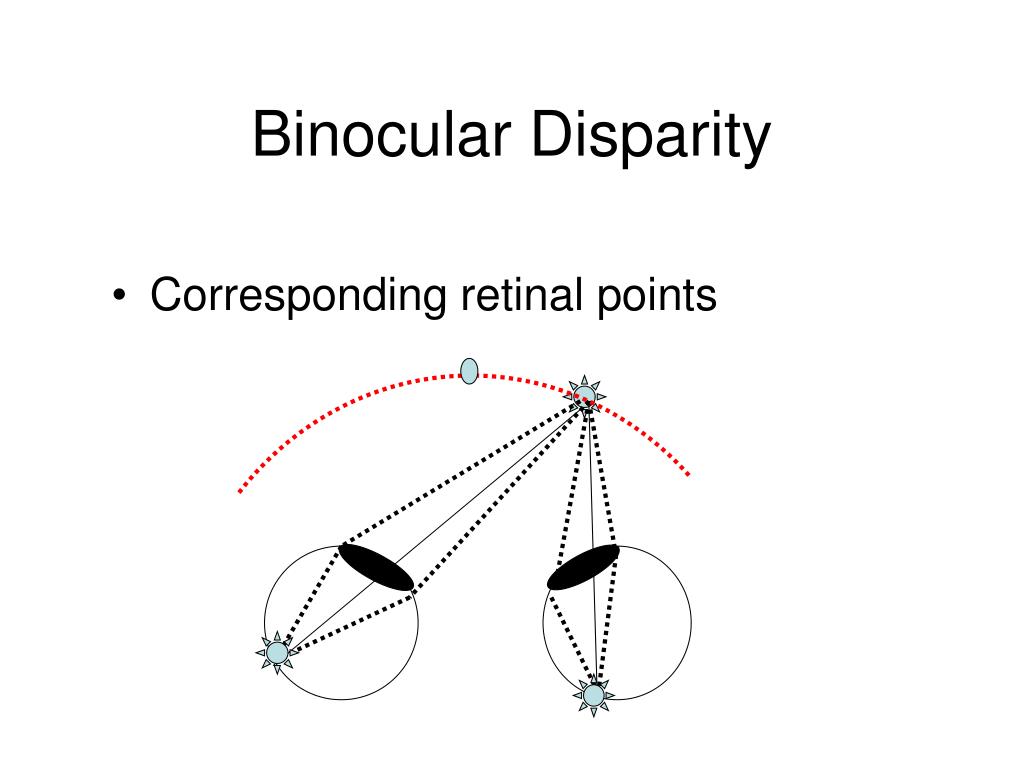
Further away, the grass is more of a sea of green. Close up, the blades of grass will be noticeable. This is very noticeable when looking at a field of grass. More distant objects will not appear with as much detail. Definition and textures – close objects will have a lot of detail and definition apparent.Having more of the atmosphere to travel through means that light will be scattered more, so the colours will not seem as bright. This is due to the scattering of light as it travels from that distant object. Vividness of colours – distant objects often appear less bright and colourful.This gives important depth information both for motion parallax and for superposition. You will often see some animals to move their heads from side to side or up and down. Superposition – objects that appear to move in front of other objects must be closer (a little obvious perhaps, but very useful).Motion parallax – if you move your head, objects that are close to you will appear to move more than those objects that are further away.Objects that are closer or further away will appear blurry. Sharp focus or blurry – if two objects are at the same distance, they will both appear to be in focus.The effort required provides the brain with information about distance. The ciliary muscles inside the eye need to work harder to change the shape of the lens inside your eye. Accommodation – this is the change of focus when you look at a close-up object.Some of these monocular cues are as follows: You are still able to pick up a pen, move around without crashing into things and even catch a ball. If you close one eye, your vision becomes much less three-dimensional, but there are still many clues that allow you to judge distances. Monocular cues – 3D information from a single eye This may cause discomfort for some people. However, the brain does not receive any cues from convergence as it normally would. After this, the amount of eye separation does not give a great enough difference in images to be useful.ģD movies make use of disparity by providing each eye with a different image. These binocular cues are most effective for objects up to 6 m away. If you hold your finger 20 cm in front of your eyes, your muscles need to work a lot harder than when your finger is 50 cm away.


The extra effort used by the muscles on the outside of each eye gives a clue to the brain about how far away the object is.

Convergence – when looking at a close-up object, your eyes angle inwards towards each other (you become slightly cross-eyed).This can be very useful when trying to catch fast-moving prey. Animals with greater eye separation, such as hammerhead sharks, can have a much greater depth perception (as long as the view from both eyes overlaps the same scene). Your brain puts the two images it receives together into a single three-dimensional image. Disparity – each eye see a slightly different image because they are about 6 cm apart (on average).There are two main binocular cues that help us to judge distance: Binocular vision – seeing 3D with two eyes


 0 kommentar(er)
0 kommentar(er)
